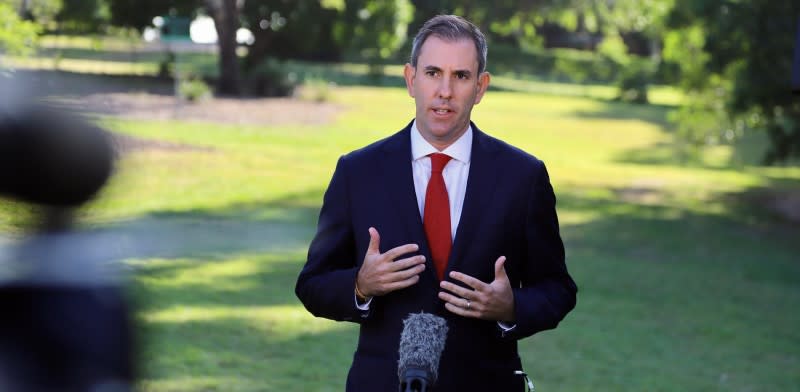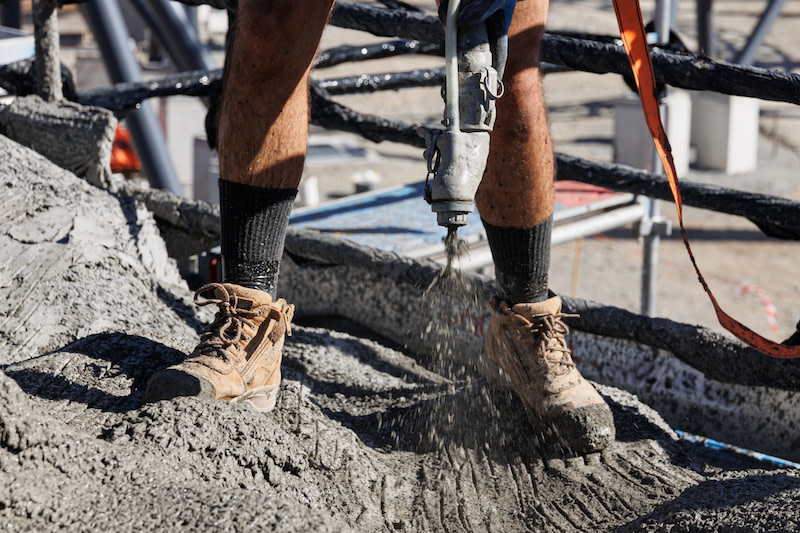Warnings Fee Hikes Will Turn Global Investment Off

The hike to foreign investment fees will worsen the nation’s rental woes rather then ease them, Canberra has been warned.
The government on Sunday announced a raft of changes, including tripling the fees for buying established housing and doubling the vacancy fees for homes owned by foreign investors since May, 2017.
The changes will incentivise investors to put properties to the market for sale or rent and help alleviate housing crisis, according to the government.
As well, foreign investment application fees for build-to-rent projects have been reduced.
The government believes that the higher fees will lead foreign investors to invest in new builds, creating jobs and housing stock.
Legislation is planned to be introduced next year for the new fees while the build-to-rent projects changes apply after December 14, 2023.
Fee changes ‘create disincentives’
But Property Council of Australia chief executive Mike Zorbas said the measures will disincentivise much needed global investment.
“Build-to-rent has the potential to create 150,000 homes over the next decade but the settings must be right,” Zorbas said.
“Encouraging overseas investment to go into new assets makes good sense.
“In a highly competitive global market for capital, the National Cabinet needs to think holistically about the tax settings that can help or hinder investment in creating more homes for Australians.”

The Property Council said that more settings should be changed to allow foreign institutions to invest in housing in areas where governments could save money.
This would happen through housing for retirement-living communities and purpose-built student housing.
Student migration changes and housing
Also announced were changes that may well affect the rising student housing sector under the federal government’s Migration Statement.
The strategy outlines eight actions to reform the system for migrant students and workers coming into Australia.
These included better protection and pay for migrant workers as well as more scrutiny of student visas.
The Property Council Student Accommodation Council said the government should focus on closing loopholes and increasing the quality of student visas rather than cutting numbers.
“International students spend roughly $4000 per month in our economy, and also attract a total of 300,000 visitors each year who visit them, driving tourism numbers,” Property Council policy and advocacy executive Matthew Kandelaars said.
“A solution to housing international students without having them compete for beds in the broader rental market is hiding in plain sight but needs the support of state and territory governments.
“State planning and tax systems have either ignored the benefits of purpose-built student accommodation (PBSA) or used it as a cash cow to prop up budgets in massive structural deficit.”

Kandelaars said that the international education sector was the nation’s top service export, contributing $40 billion to the economy prior to the pandemic.
“The sector ensures a strong pipeline of beds that take nearly 80,000 people each year out of the wider rental market, reducing demand and easing affordability,” he said.
“Instead of streamlining planning process for PBSA projects or recognising its value for our cities, we’ve instead seen foreign investor taxes and increases to council rates that deter investment in high-community benefit housing like PBSA.
“Prioritising PBSA, so students are not competing for beds in the general rental market, is critical.
“States and territories need to urgently realise the advantages of PBSA and plan accordingly.”
Increased student migration into the country after the pandemic has created more competition for a smaller number of affordable rental homes.

But despite the proposed reduction in net overseas migration, the Property Council said it welcomed the atrategy’s focus on skills, especially Jobs and Skills Australia’s role in advising on labour shortages and labour market analysis.
“Australia needs a greater focus on the mix of skilled migrants coming into Australia to ensure that industry has the labour capacity to deliver the 1.2 million new homes demanded by the National Cabinet,” a spokesperson for the council said.
“During the past 20 years, only 1.8 per cent of permanent migrants have arrived employed in construction trades. and construction trades are not in the top 10 occupations for either permanent or temporary migration.
“In Victoria alone, to deliver the government’s ambitious target of 80,000 new homes every year across the next decade will require another 191,000 people in the construction workforce.
“Adjusting the mix of skilled migrants, with a greater emphasis on construction trades, is vital for building the future homes of Australia.”














